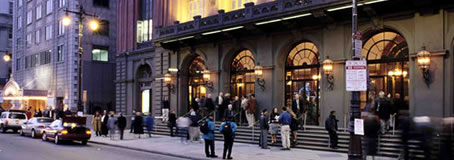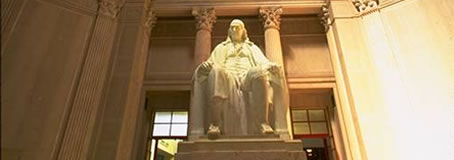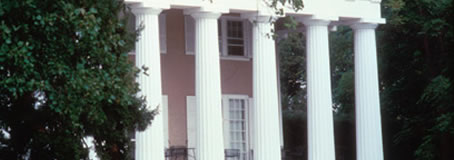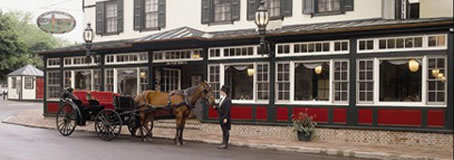Speaking Opportunities Need To Be BAD To Be Effective
01-16-2006
by Julie Meyer
Julie Meyer is the Marketing Director at Dilworth Paxson LLP. She has over 20 years of experience in services marketing with lawyers, accountants, consultants and a major university. She can be contacted at jmeyer@dilworthlaw.com.
Speaking at professional conferences and association meetings has the potential to be a very effective practice development method. However, the most well prepared and indepth presentation will not lead to any business opportunities unless it's BAD -- that is, strategized Before and After in addition to the content that is delivered During the presentation.
B(efore)
Too often, attorneys only begin thinking about which clients would have greatly benefited by attending a conference when it’s over. Identify invitees well before beginning presentation preparation and then extend invitations to relevant clients and appropriate prospects. Your speaking capacity obviously validates your qualifications and is an ideal opportunity to remind your contacts of your strengths.
Your invitations will also assist you with the content of your presentation. By personifying your audience more specifically than the global ABC conference attendee, you will find yourself preparing to speak more precisely to key concerns and issues.
Too often attorneys also forget to notify their colleagues about presentations, too. How many times have colleagues told you how wonderful an event was and which clients they would have invited had they known about the event earlier?
Lastly, update your attorney profile and web page to include upcoming and recent presentations. Post-presentation links to pdfs of the materials can nearly substitute for attending.
A(fter)
Did you leave your presentation with a list of attendees? (It's even better to have this prior to speaking, again to better customize your presentation content.) This list is the primary return on the time you invested to prepare your presentation. And your business cards are the best supplement to (or, when an organization is unwilling to provide this list, replacement for) this list. Following your presentation, thank as many attendees as possible for coming and offer your card -- most will respond with their own. Also be sure that your contact information is on all supplemental materials you distribute.
Add every attendee to your contact/mailing list. In the near future, you will come across additional material appropriate to send out as an update. Also identify the highest priority contacts to follow up with. Be sure to call or email all current clients to thank them for attending and offer any additional information or clarification they might want. Also be sure to promptly provide anything you promised to anyone like a copy of an article you may have referenced; the contact information for someone you recommend as a source, etc. Nothing decimates goodwill and credibility better than an unfulfilled offer.
No need to be shy about selecting a non-client or two to contact, either. The approach can be that you were flattered they made the time to attend, hoped they found it worthwhile and they should contact you if they have any questions in the future. Eager for an opportunity to further develop the relationship? Propose a followup meeting of some sort with yourself and someone else from your network who will be an asset to theirs.
The article writing process is also expedited by public speaking opportunities and further increases your visibility in connection with your presentation topic. You can easily produce articles by transcribing portions of your content -- 500 - 2000 words will more than suffice. Your firm website, newsletter, and other applicable publication(s) are all potential outlets for the information.
Articles can also include contact information for additional information: re-enter the powerpoint slides from your original presentation. This type of response mechanism is another tool to significantly increase qualified response to your offerings.
Press releases either before or after to local legal and business press, relevant industry press and law school alumni magazine are additional tools to maximize the exposure available from a speaking opportunity.
D(uring)
Numerous resources including your marketing staff and a wide range of books and web sites are available to assist with the ‘D(uring)’ component of presentations. www.toastmasters.org/tips.asp is one excellent starting point.
Closing tip: Schedule a future speaking opportunity to address a different topic or identify and contact an additional organization to approach about speaking on the same topic and you can start to be BAD all over again. | 










